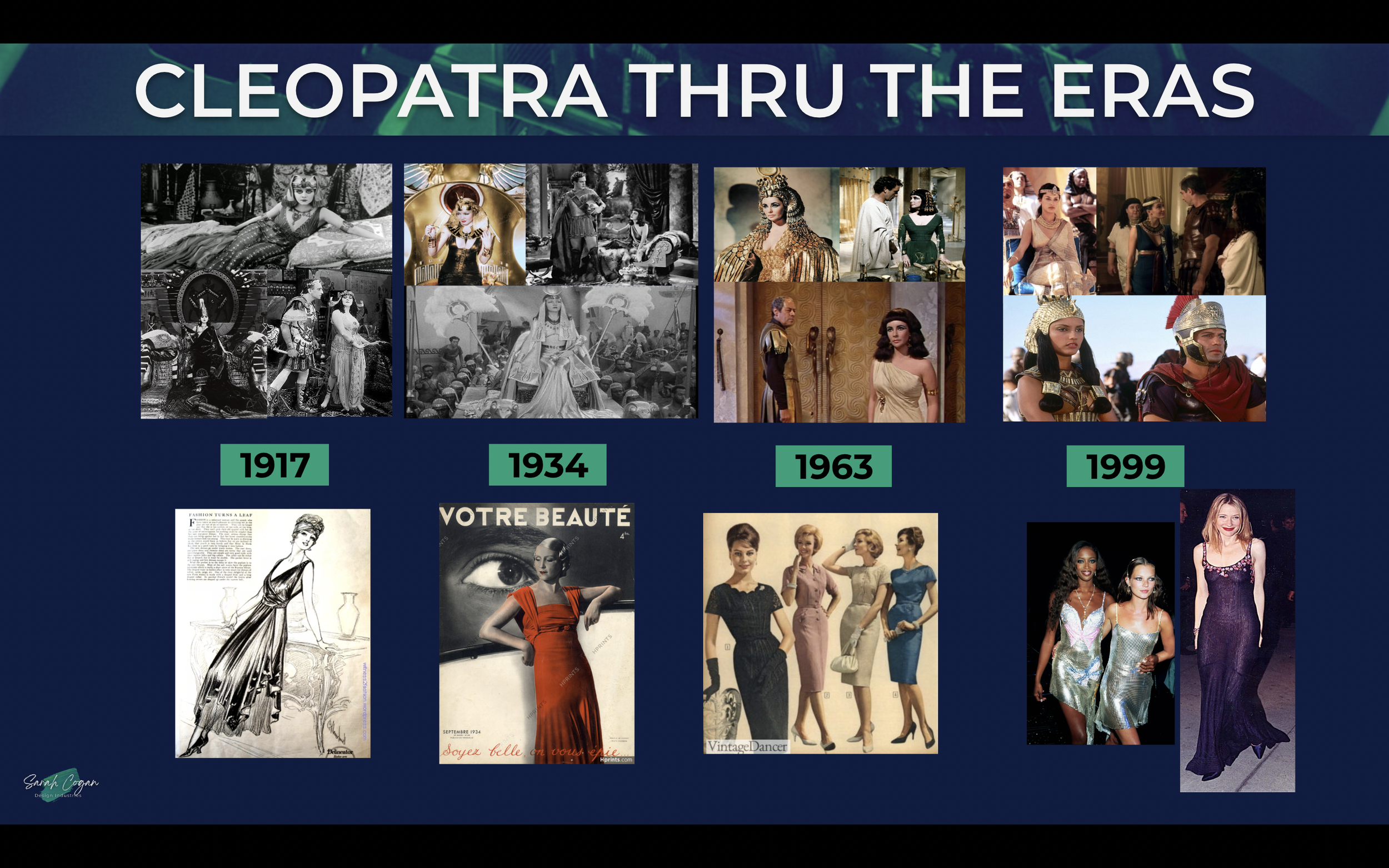The Questions to Ask When Budgeting for Period Design
When talking about genre regarding design, we are talking about the worldbuilding of your film—is it a fantasy, sci-fi, heightened reality, period, or contemporary project? The story type, thriller, rom-com, drama, adventure, comedy, horror, etc, can exist within any world or genre. This kind of story can affect your budget; for example, an action-adventure will likely have more stunts, which require more multiples than a family drama. While story types will play into your budget, your film’s genre from a design perspective—it’s wouldbuilding—greatly influences your overall budget.
There are some universal questions to ask across genres that can affect your creative design choices and budget. Here are some design questions that can stress your budgetary needs when working on Period or Contemporary films. … Wait, wait, wait! Shouldn’t these two be talked about separately? Period films are way more expensive than contemporary films due to the design costs. Why are they being lumped together right now? If all films are built worlds, then your contemporary film is an interpretation of today’s period/world in the same way that your period film set in the 1940s is an interpretation of that period.
Look at the depiction of Cleopatra across the decades—all the same historical Egyptian research, but completely different styles of clothing, hair, and makeup based on the trends current to the time of filming.
Ancient Egypt Engraving of Cleopatra
Today’s films and shows are time capsules in the same way the films from the 1940s or any other era are time capsules. With 1940s films, we learn what they valued, how they related to their bodies through style and dress, how they went about life, and so on. In 30 years, people will look back at the films we are making today to understand what life was like today, what we valued, how we lived, and so on in the same way.
Since contemporary and period projects are both slices of real-time, they ask the same questions. Both are grounded in real-time, unlike sci-fi and fantasy, which can create their own time and world rules. Shows set today or in the past have concrete evidence to support how their worlds are built.
So, what are the questions?
Are we looking to recreate the world as it is or was?
Contemporary films that exist as slices of life, set today can have a wide range of budgets depending on the price point of the film, and this can also allow you to pull from people’s closets and houses and find things in thrift shops. When we start looking at period films, price points go up. Sticking to the reality of a period means hours of vintage shopping and thrifting, large rental house pulls, and custom builds. When you are on a lower-budget period film, intentionally relaxing your adherence to the period can help to reduce design expenses. To pull this off effectively, you’re going to want to get really clear with your design team about what period rules you are willing to break and why to achieve your budget. When we get into the specifics per area, we will break the different elements out to help calculate costs.
Are we heightening the world in any way?
Heightened realities come in the form of highly curated color palettes, the use of specific textures, lighting, et Cetra. Wes Anderson’s work is an excellent example of heightened worlds and realities. If you are heightening the world, how does this help tell your story? How does it serve what you want the audience to take away from your film? Heightening the would of your movie will give it a unique perspective, which can raise your design budget, even on a contemporary film. Heightened realities such as the worlds of Wes Anderson require a much narrower field of range when it comes to materials and goods used to create the aesthetic. This can require either a large amount of time thrifting or needing to purchase higher-priced pieces or higher labor costs to alter items to fit the creative vision.
On lower-budget films, heightened realities lead to only having one or two options on a tighter-budget film. I designed a feature set in the heightened reality of 1973. The director wanted to strengthen the world of the movie by creating different color-coordinated teams as a way of knowing who was with whom. One group was red, another blue, then yellow and green. The tight budget meant thrifting and finding dead stock were my only options. Due to the specific color pallet, the tight budget, and limited resources, I could only provide 1-2 options, and almost every piece of clothing in the film had to be dyed, altered, or built from scratch to achieve the creative needs of the film. The process of transforming pieces to fit the film's budget and needs is a large demand for labor.
What Are the General Demographics?
Where are the characters from? What are the worlds they live in? Are the characters affluent, requiring higher end furniture or a large wardrobe like the character Cher in Clueless (1995) Or are they struggling to get by such as Gia in Earth Mama (2023).
If you have wealthy characters in the script, their character design and locations will require extra financial resources to sell their wealth. To a degree, you can make a space look more high end with cost effective pieces, however you are going to need to get some high end pieces or locations to sell thier wealth on camera. Renting an armchair can easily cost $175 per week. That’s the actual number of a real rental house’s website. I’m not making these numbers up. With rental houses, you’re paying for the convenience—both in time not spent hunting items down and timelines (no shipping delays or lost in the mail issues), plus you’re getting higher quality or more authentic to the period pieces you wouldn’t be able to afford otherwise. You can go the furniture retailers or online discount furniture route for sure. You might find pieces that fit your needs at a lower price point. Unlike the items from the rental houses, many of these pieces will require assembly, which can take hours per piece and multiple hands to construct before making it set to be placed and dressed.
Then, there is the question of what these wealthy characters are wearing. A suit from H&M isn’t going to fit, move, or have the textural quality of that designer suit your wealthy character would actually be wearing—especially if he’s someone who likes to show off his wealth or you want to stand out as highly successful. No matter how you tailor a suit from a store like H&M, it still won’t look high-end, and you’ll spend the money tailoring it to make it fit better. You can easily spend $700 on a mid-level designer two-piece suit, and you still have the shirt, tie, belt, and shoes to add in to complete the look. There are sales. However, if you need multiples for stunts, body doubles, or the like, sale items might not have enough multiples to fit your needs, and you’ll need to buy at full price for each multiple. Your character’s demographics affect all areas, from hair through production design, and need to be taken into consideration in all types of projects and genres.
Now that you know what to ask and how it affects your film’s bottom line, how can you put that information into use looking at your newest project?
If you want to learn more about budgeting for your film’s design, check out The Filmmaker’s Guide to Budgeting for Costume, Hair, Makeup, and Production Design.





